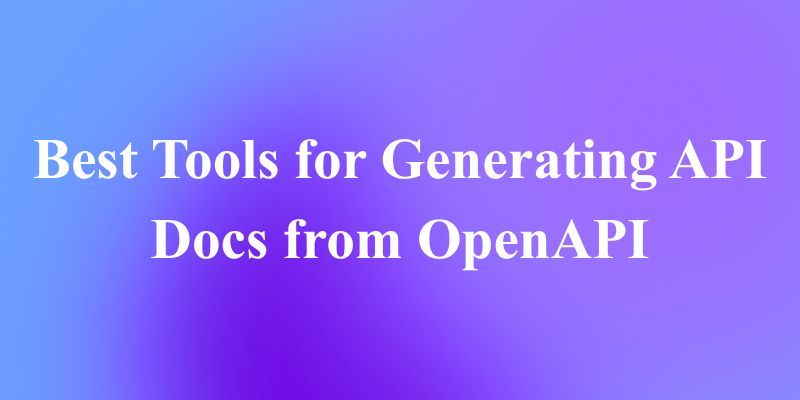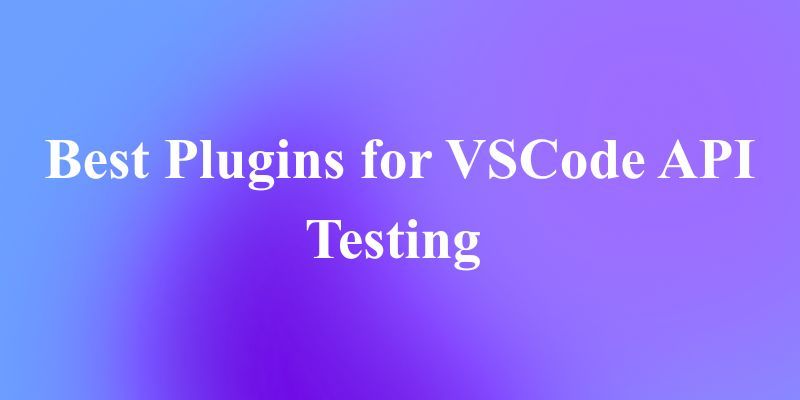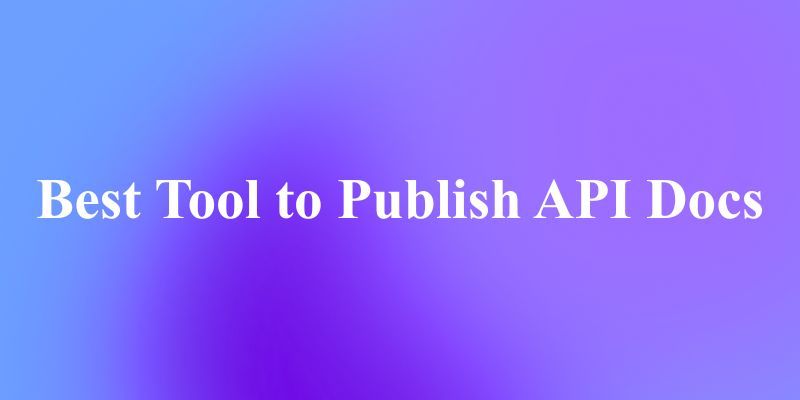Mintlify is a well-known documentation platform designed to help developers create, manage, and optimize API and product documentation efficiently. It offers automation, integrations, and analytics to enhance the documentation experience. However, while Mintlify provides a polished solution, developers and businesses may want to explore alternatives due to cost, feature limitations, or a preference for open-source solutions. In this review, we’ll cover Mintlify’s pricing, key features, and explore the best open-source alternatives, including Apidog as the top choice.
Mintlify Pricing

Mintlify follows a subscription-based pricing model, with different tiers aimed at varying business needs. While specific pricing may change, here is an overview of their typical structure:
Free Tier – Includes basic features suitable for small projects and open-source initiatives.
Team Plan – Offers more customization options, integrations, and collaboration tools for businesses.
Enterprise Plan – Provides advanced analytics, security features, and enterprise-grade customization.
Pricing details for paid plans are typically available upon request, and Mintlify charges based on usage, features, and team size.
Key Features of Mintlify
Mintlify is popular among developers due to its clean UI, automation capabilities, and AI-assisted documentation generation. Here are some key features:
Interactive API Reference – Mintlify provides a user-friendly way to document and display your API references, allowing developers to interact with the documentation directly. This makes it easy for users to explore endpoints, parameters, and responses.

AI Chat – An integrated AI-powered chat feature allows users to get immediate assistance, answering questions related to the documentation or guiding them through complex processes. This feature enhances user engagement and reduces frustration.

Customization and Branding – Offers flexible UI customization to match company branding.
SDK Library – Mintlify includes an SDK library for developers, making it easier to integrate and reference different software development kits (SDKs). This feature is especially useful for teams building apps that require integration with external libraries or services.

Automatic Versioning – Manages different versions of documentation efficiently.
Advanced Analytics – Provides insights into how users interact with documentation.
SEO Optimization – Ensures documentation ranks well on search engines.
Integrations – Works with platforms like GitHub, Slack, and analytics tools.
Collaboration Tools – Enables teams to work together seamlessly.
Why Consider Alternatives to Mintlify?
Mintlify is a well-regarded documentation platform, but it may not be the perfect fit for everyone. Here are some reasons why users might explore alternatives:
Pricing Concerns – Mintlify’s paid plans can be expensive, especially for startups and small teams operating on a tight budget.
Limited Open-Source Access – Developers who prefer complete control over their documentation may look for open-source solutions that allow more flexibility and customization.
Customization Constraints – While Mintlify offers customization options, some users may require more advanced control over the design, structure, and functionality of their documentation.
Feature Gaps – Depending on specific use cases, some users may find that Mintlify lacks certain features they need, such as deeper integrations, analytics, or unique workflow capabilities.
For these reasons, businesses and developers may consider exploring other documentation tools that better align with their needs and priorities.
Top Open-Source Alternatives to Mintlify
1. Apidog

Apidog is an all-in-one API design, testing, and documentation tool that serves as a powerful alternative to Mintlify. Unlike Mintlify, which focuses primarily on documentation, Apidog integrates testing, mocking, and collaboration into a single platform.
Key Features:
Low-Code API Testing - Effortlessly generate test cases from APIs, visually add assertions, and create complex test scenarios with branches and iterations—all without writing extensive code.

Publish Beautiful Documentation - Easily share your API documentation as stunning, interactive pages that support "try it out" functionality and example code. Customize domains, headers, and layouts to match your brand, ensuring your documentation is both user-friendly and visually appealing.

Automated Testing & Mocking – Test API endpoints directly from documentation.

Collaboration & Version Control – Work with teams seamlessly and manage versions efficiently.
Built-in Accessibility Features – Ensures compliance with accessibility standards.
Free and Paid Plans – Offers a free tier with robust features and affordable paid options.

For developers seeking an alternative that goes beyond documentation and provides a full API development suite, Apidog is a top choice.
2. Docusaurus
Docusaurus is an open-source static site generator designed for documentation. It is maintained by Facebook and built on React.

Key Features:
- Markdown-Based – Write documentation using Markdown for easy formatting.
- Versioning Support – Manage multiple documentation versions.
- Full Customization – Modify themes and styles with React components.
- SEO Optimization – Ensure high search engine rankings.
- GitHub Integration – Deploy documentation easily with GitHub Pages.

3. MkDocs
MkDocs is a simple, lightweight, and open-source documentation generator written in Python.

Key Features:
Markdown-Based – Simple syntax for writing and managing docs.
Custom Themes & Plugins – Extend functionality with various themes and plugins.
Fast and Lightweight – Designed for speed and simplicity.
Version Control Integration – Works seamlessly with Git.

4. Redoc
Redoc is an open-source API documentation tool specifically designed for OpenAPI specifications.

Key Features:
OpenAPI 3.0 Support – Fully compatible with OpenAPI specifications.
Customization Options – Customize appearance and layout.
Interactive API Documentation – Allows developers to try API endpoints within the docs.
Easy Deployment – Can be embedded into any website or project.
Pricing

5. Slate
Slate is an open-source API documentation tool that generates clean, readable, and responsive documentation.

Key Features:
Markdown Syntax – Easy-to-write documentation.
Beautiful Design – Clean, two-panel UI inspired by Stripe’s API documentation.
Lightweight – Minimal setup required.
Self-Hosted – Full control over hosting and customization.
6. Docz
Docz is a modern documentation generator focused on React-based projects.

Key Features:
Zero Configuration – Easy setup with minimal configuration.
Live Code Playground – Interactive component previews.
Theme Support – Highly customizable themes.
Supports MDX – Combines Markdown and JSX for flexibility.

Choosing the Right Documentation Tool for Your Needs
With so many documentation tools available today, choosing the right one can be challenging. Here's a guide to help you select the platform that best fits your project requirements:
Budget Considerations: If you’re a startup, small business, or independent developer, pricing should be a primary factor. Open-source tools like Docusaurus or MkDocs offer great solutions without the financial burden of paid subscriptions. On the other hand, tools like Mintlify, while offering advanced features, may come with a higher price tag that could be challenging for smaller teams.
Customization Needs: The level of customization required can greatly influence your choice. If you need complete control over the look and functionality of your documentation, open-source solutions like Docusaurus, which use React for customization, might be ideal. If you’re looking for a platform with pre-designed templates and a simpler user experience, Mintlify and similar tools may be a better fit.
Feature Set: Depending on your project’s complexity, the features provided by documentation platforms can vary widely. If you need versioning support, deep integrations with GitHub, or SEO optimization, Docusaurus stands out. For simpler documentation needs or for teams with a limited budget, platforms like MkDocs or Docsify could provide all the necessary functionality without the extra overhead.
Scalability and Maintenance: Consider the scalability of your chosen platform as your documentation grows. Platforms like Mintlify and Docusaurus offer tools for handling large projects and multiple versions, whereas simpler tools might require additional work to manage as your needs evolve.
By understanding your project’s specific needs—whether it's the budget, customization, or feature requirements—you can better navigate the sea of documentation tools and choose the one that’s most aligned with your goals.

Conclusion
Mintlify is a great documentation platform with AI-powered features and strong integrations, but it may not be the perfect fit for every team. For those looking for alternatives, Apidog stands out as a comprehensive tool for API documentation, testing, and collaboration. Meanwhile, open-source options like Docusaurus, MkDocs, Redoc, Slate, and Docz provide flexibility, customization, and cost-effective solutions.
Whether you prioritize API testing, open-source flexibility, or affordability, the alternatives listed here ensure you can find the right documentation tool to fit your needs.



